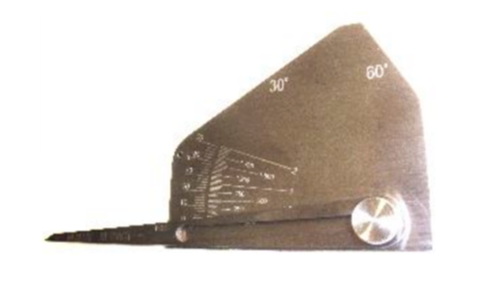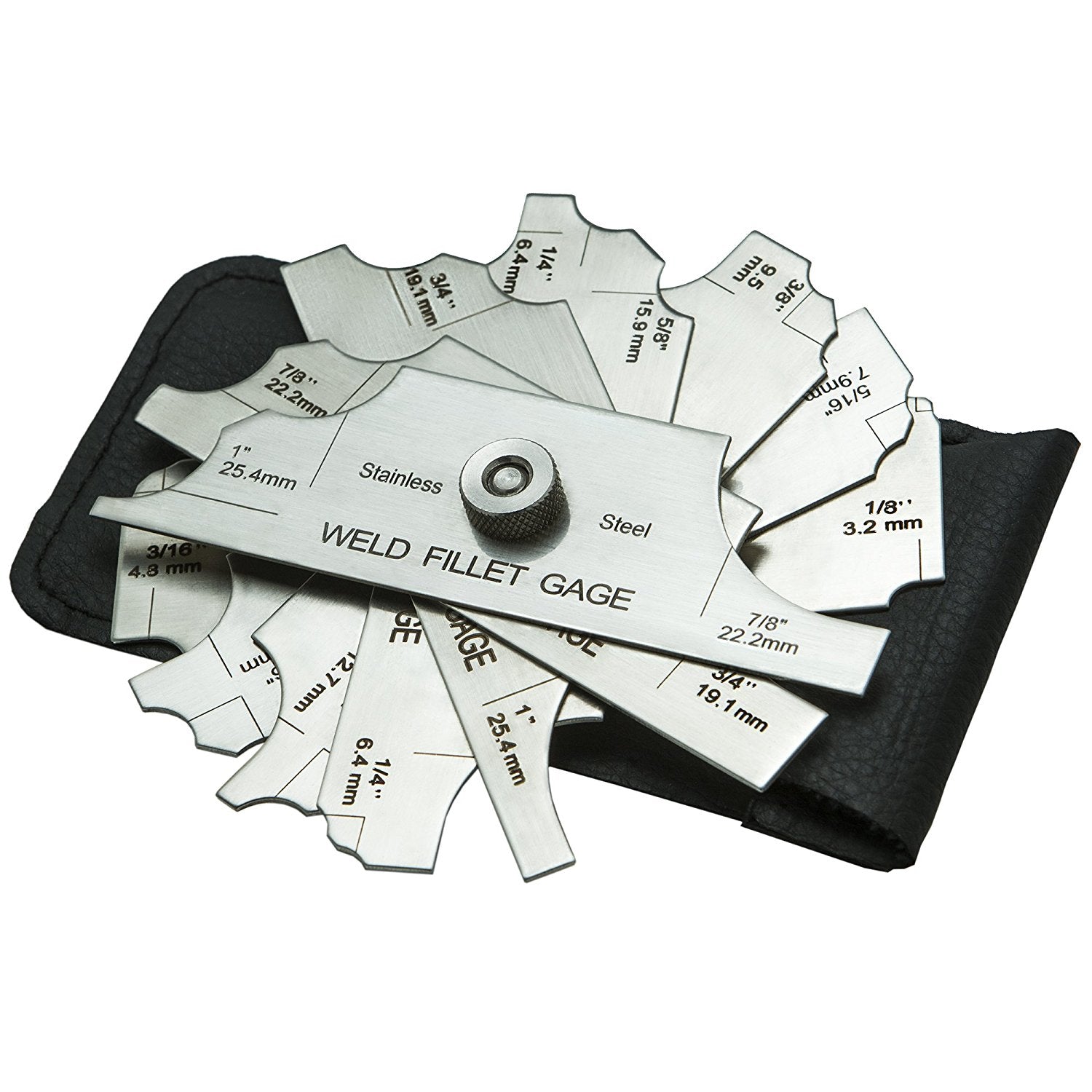Fillet Weld Style Techniques: Maximizing Joint Efficiency and Aesthetics for Structural Stability
In the realm of structural engineering and manufacture, the value of fillet weld style strategies can not be overstated. By carefully considering elements such as weld profile optimization, material option, joint prep work methods, welding procedure efficiency, and visual enhancement producers, methods and engineers can achieve a harmonious equilibrium in between performance and look in their bonded structures.
Weld Profile Optimization


Achieving an optimum weld profile involves a thorough factor to consider of aspects such as product thickness, joint arrangement, welding placement, and desired welding speed. Additionally, the option of proper welding parameters, such as voltage, existing, and travel speed, is fundamental in managing the form and dimensions of the fillet weld. Using advanced welding strategies, such as pulse welding or robot welding, can even more fine-tune the weld account to fulfill certain design requirements and quality criteria.
In significance, weld account optimization is an essential element of fillet weld layout that straight affects the overall efficiency and dependability of bonded joints in structural applications.
Product Selection Considerations
When taking into consideration material choice for fillet weld layout, the compatibility of the base steels is an important variable influencing the architectural stability of the joint. It is crucial to choose materials that not just weld together efficiently but additionally possess comparable mechanical homes to guarantee the tons is uniformly distributed between the weld and the base steels. Welding products with greatly various buildings can lead to concerns such as stress focus, premature joint failure, or breaking.
In addition, the environment in which the bonded structure will certainly run have to be taken into account when picking materials. Variables like corrosion resistance, temperature level variations, and exposure to chemicals can all impact the durability and performance of the weld joint. By picking materials that appropriate for the designated application and atmosphere, the general longevity and reliability of the bonded joint can be significantly boosted.
As a result, detailed consideration of product compatibility and ecological variables is paramount in guaranteeing the weld joint's strength, toughness, and total architectural stability.

Joint Preparation Techniques
Taking into consideration the vital duty material choice plays in ensuring the structural honesty of fillet weld joints, it is necessary to carry out exact joint preparation strategies that optimize the connection in between the base metals. Joint preparation is a critical step that directly affects the quality and strength of the weld. One basic strategy is the cleaning of base steels to remove any type of impurities like rust, oil, or paint that might endanger the weld's integrity. This can be achieved through techniques such as grinding, cord cleaning, or chemical cleaning.
Moreover, appropriate fit-up of weblink the joint is necessary to ensure consistent circulation of the welding product and protect against flaws like insufficient infiltration or extreme accumulation. Beveling the edges of the base metals can create a groove that permits much deeper weld penetration and a stronger bond. Additionally, tack welding the components in place prior to the last weld assists maintain alignment and minimizes distortion during the welding procedure. By diligently complying with these joint preparation strategies, welders can improve the This Site total performance and appearances of fillet weld joints while making certain architectural stability.
Welding Refine Performance
Effective welding procedures are vital for attaining optimum performance and high quality in fillet weld manufacture. Processes like gas steel arc welding (GMAW) and flux-cored arc welding (FCAW) are commonly utilized for fillet welds due to their convenience and speed.
Additionally, making certain correct equipment arrangement and upkeep is vital for reliable welding. Routine calibration of welding devices, assessment of consumables, and maintenance of welding lanterns can protect against downtime and remodel, inevitably saving time and sources. In addition, utilizing experienced welders with proficiency in the specific welding process being made use of can substantially affect effectiveness. Well-trained welders are a lot more proficient at changing parameters, fixing issues, and maintaining consistent weld high quality.
Visual Improvement Techniques
To maximize the high quality of fillet weld fabrication, carrying out aesthetic enhancement methods can play a vital role in making sure precision and precision throughout the welding process. Visual help such as weld dimension determines and amplifying lenses can help in analyzing weld profiles and dimensions accurately. By integrating these aesthetic improvement methods into the welding process, welders can accomplish not only structurally audio fillet welds yet additionally aesthetically appealing results that satisfy market standards.

Conclusion
To conclude, maximizing fillet weld style includes careful factor to consider of weld account, product selection, joint prep work, welding procedure performance, and visual improvement techniques. By executing these approaches, structural integrity can be enhanced while likewise accomplishing aesthetic appeal. It is necessary to prioritize both performance and appearances in fillet weld design to ensure the overall top quality and resilience of the joint.
By carefully thinking about aspects such as weld profile optimization, material choice, joint prep work techniques, visit welding process performance, and visual improvement fabricators, methods and engineers can accomplish a harmonious equilibrium between functionality and look in their bonded frameworks.In the realm of fillet weld layout, enhancing the weld profile plays a crucial function in ensuring structural honesty and performance. The weld account, which includes the dimension and shape of the weld cross-section, straight affects the circulation of tension and load-bearing ability within the joint. It is vital to choose materials that not only bonded together properly however additionally possess similar mechanical homes to make sure the lots is equally distributed in between the base and the weld metals - Gauge Fillet Weld.In final thought, enhancing fillet weld layout includes careful consideration of weld account, material selection, joint preparation, welding process efficiency, and visual improvement methods